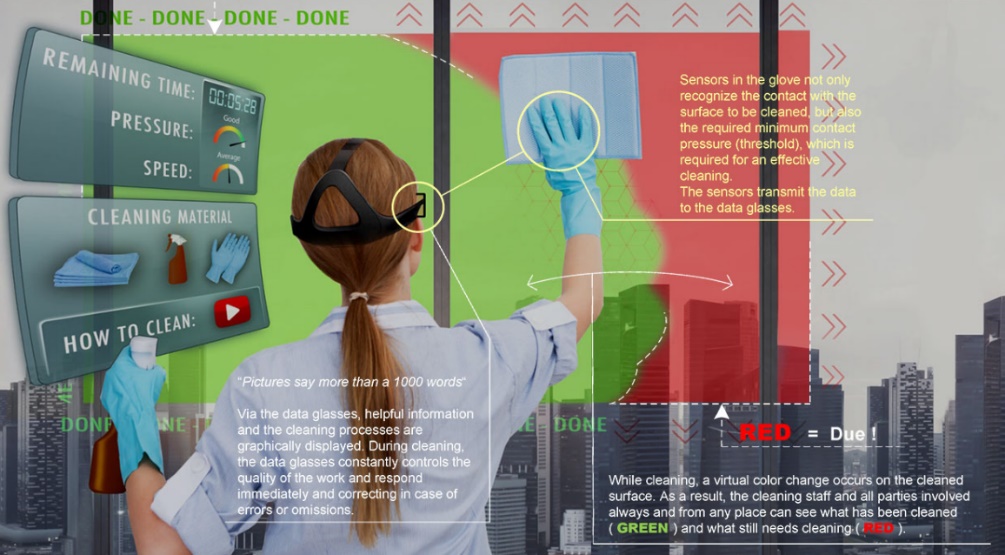By Martin Cudzilo
Augmented reality (AR) is changing the face of many industries, including the hospitality industry. AR was popularized by Pokemon Go just last summer. The incredibly popular game prompts players to go outside with their smartphones and catch virtual Pokemon creatures, which appear on their screen as if the creatures were in their same real-life location. The game generated nearly $1 billion in revenue in six months since its launch, and within a couple of months, people downloaded the mobile game app more than 500 million times. The game’s success showed real revenue, real traction, and real interest, and now, AR is increasingly being used in business applications
By using a lens or screen, AR can change what people see, smell, and hear. AR is being used to allow customers to step inside a hotel property, see a 3D version of the floorplan, and tour nearby sites and attractions as if they were on site – yet all from the comfort of their living or wherever they can access a lens or screen. With AR technology, customers can better understand what a destination offers by way of experience and comfort, and hoteliers are finding the technology critical for attracting new and returning customers.
Not only is AR helping to enhance the user experience and to create market differentiation for hoteliers, but emerging AR technologies are also empowering hotel owners and facility managers to more closely monitor the cleanliness of their properties. One emerging AR technology, for example, combines AR technology with smart glasses to reduce human errors in cleaning hotels. When cleaning a room or hotel area, people’s attitudes, capacities, ambitions, language skills, moods, etc. contribute to errors and variations within the quality of work. By using AR technology in a whole new way, AR can allow cleaning staff to look through the glasses as they are cleaning and receive on-site instructions that reduce errors. For instance, staff will be instructed when to use certain tools and where to use them. With this level of instruction, staff can ensure bathroom cleaning tools don’t get confused with ones that are supposed to be used to clean the living room and reduce chances of contamination.
Advanced sensors mounted on cleaning tools such as vacuums and mops will tell staff when they are applying enough pressure on the tool to ensure a surface is thoroughly cleaned, and colors will denote a clean area, i.e. green for clean, red for dirty. This level of detail will help improve the quality of the cleaning service for hoteliers and ensure a great experience for customers.
Plus the technology will provide managers with a performance dashboard, which enables them to establish best practices, assess the length of time it takes for each staff member to clean certain areas, and most important, monitor the quality of performance.
In today’s competitive environment, differentiation is key. The more hoteliers can create a positive and differentiated experience, the more they can attract online and offline customers. AR technology is poised to help create that differentiation while providing better and more practical services to leaders. The time is now to look at established and emerging AR technologies and realize the value they bring to the industry.



